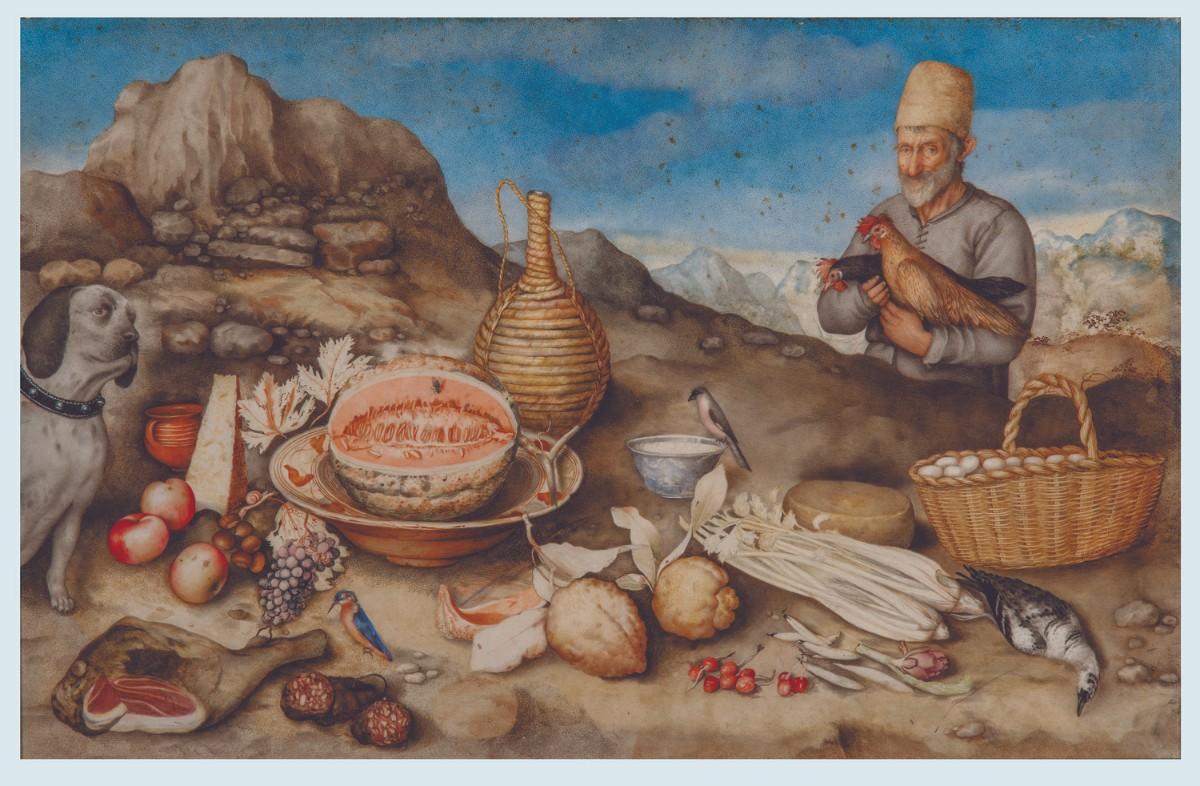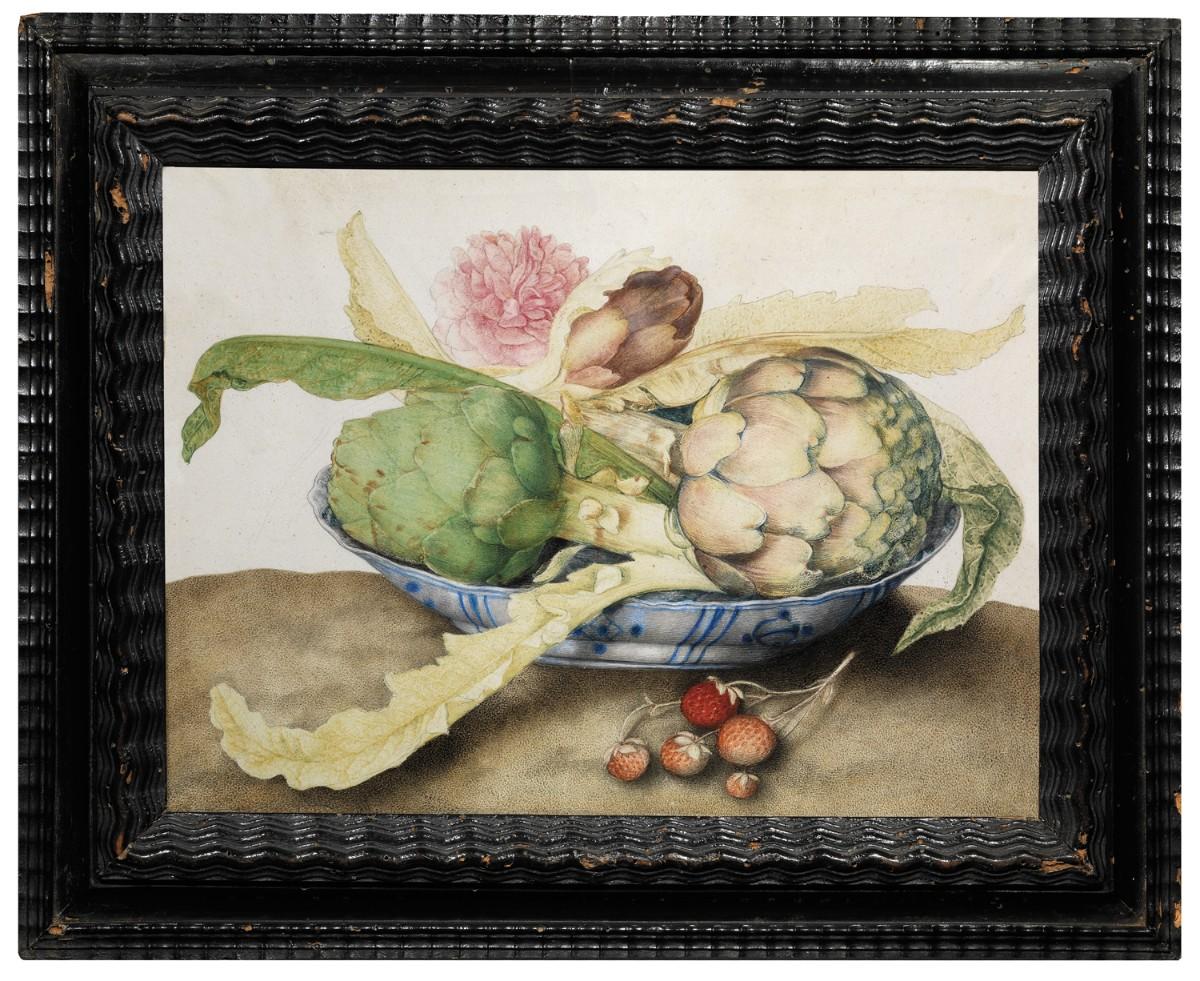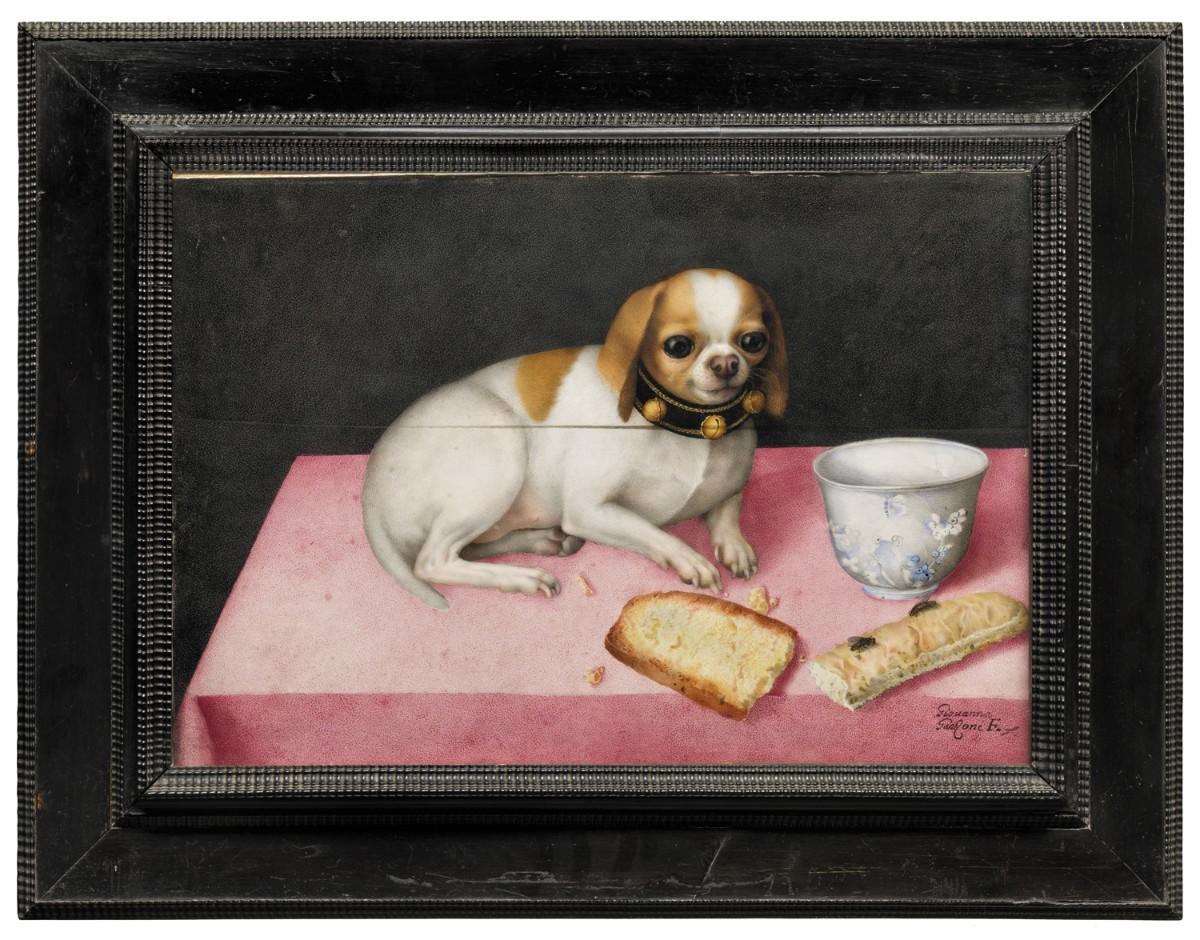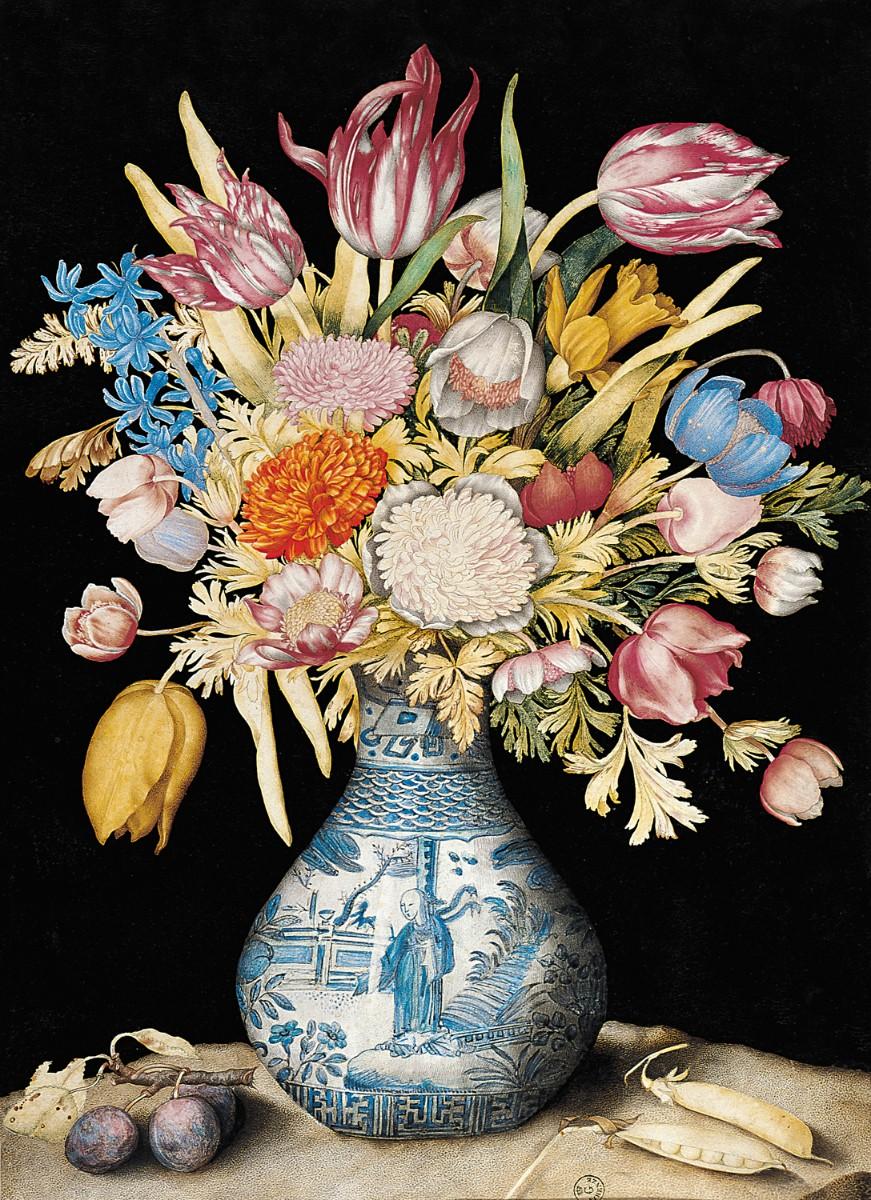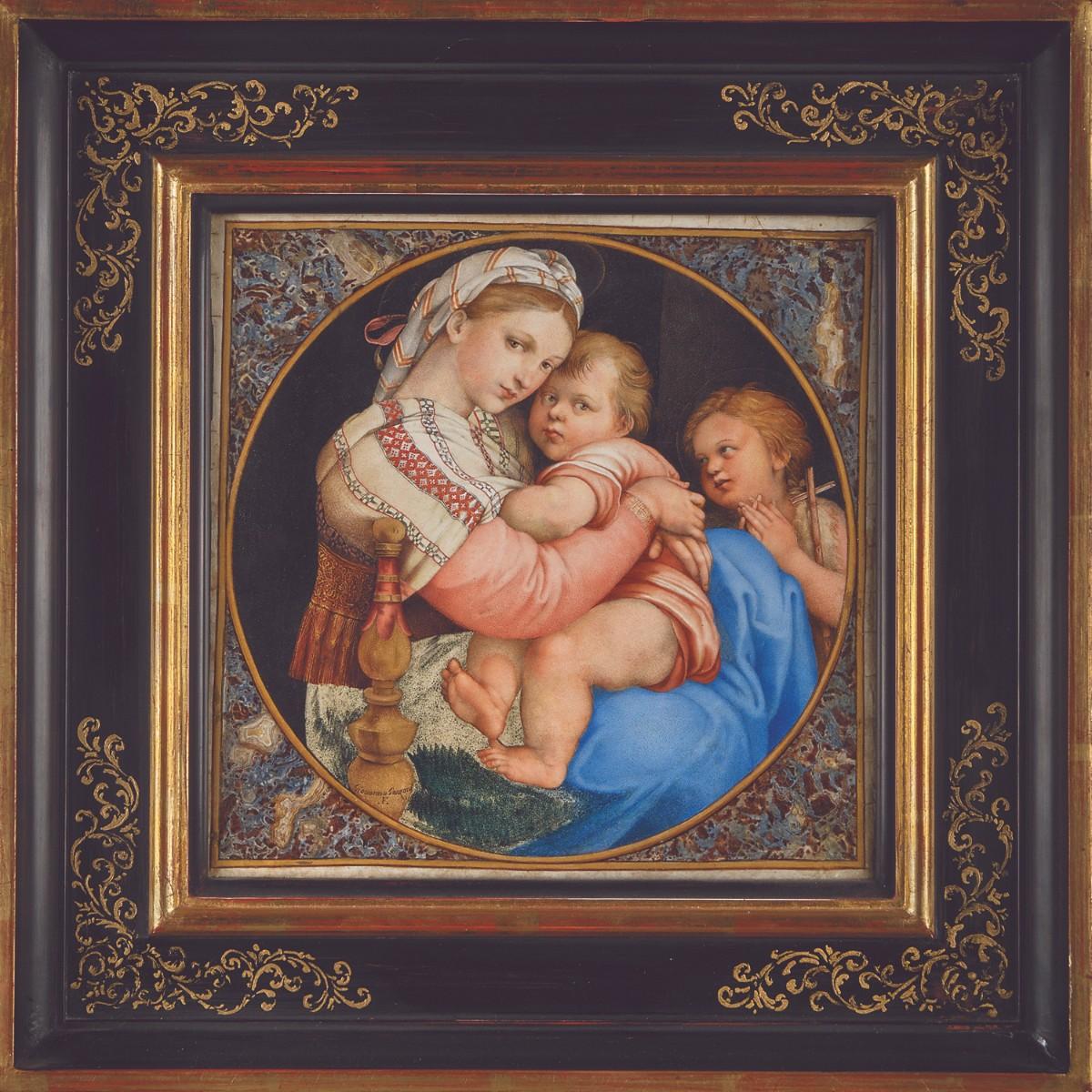The exhibition comprises roughly a hundred paintings, illuminations on parchment (Garzoni's favorite support), and drawings, in addition to a large floral altar fontral over four meters in length, accompanied by and interacting with period porcelain, ivory pieces, and Renaissance bronzes. Imaginative and inquisitive by nature, Garzoni, who was born in Ascoli Piceno in c. 1600, considerably expanded her stylistic vocabulary thanks to the remarkable penchant for travel that made her one of the most cultivated and cosmopolitan women painters of her age.
She lived at the courts of Venice and Turin, spent several years with the Medici in Florence, worked in Naples and in France, where she painted a portrait of Cardinal Richelieu (on display in the exhibition), and even frequented the court of King Charles I in England, a fact borne out by documents on show in this exhibition for the very first time. She was a friend of Artemisia Gentileschi, that other great woman artist of the 17th century, with whom she shared both travel and experiences and who was something of a role model for her in that she was a few years Giovanna's senior. Shrewd in currying favor with her patrons, Garzoni specialized in miniatures on parchment, excelling in particular in the depiction of still-lifes with exotic curios and subjects taken from the plant and animal world.




